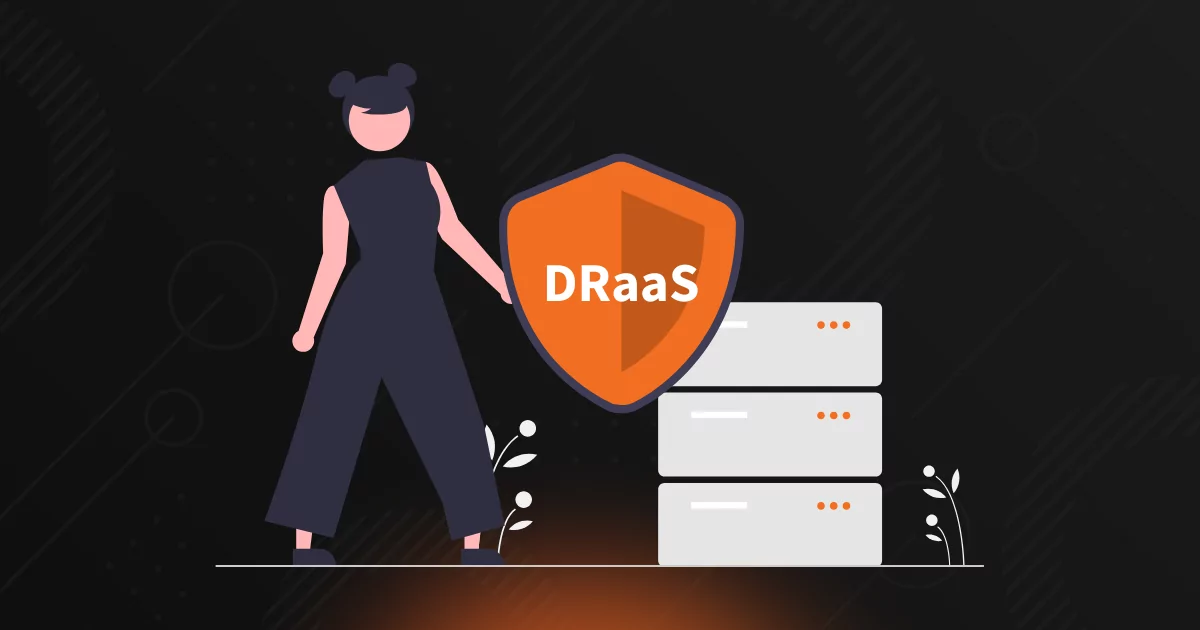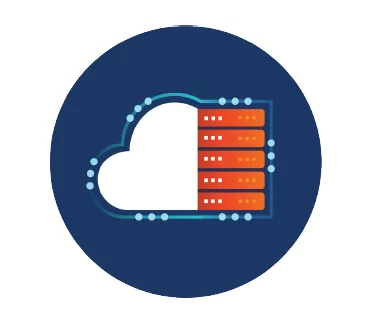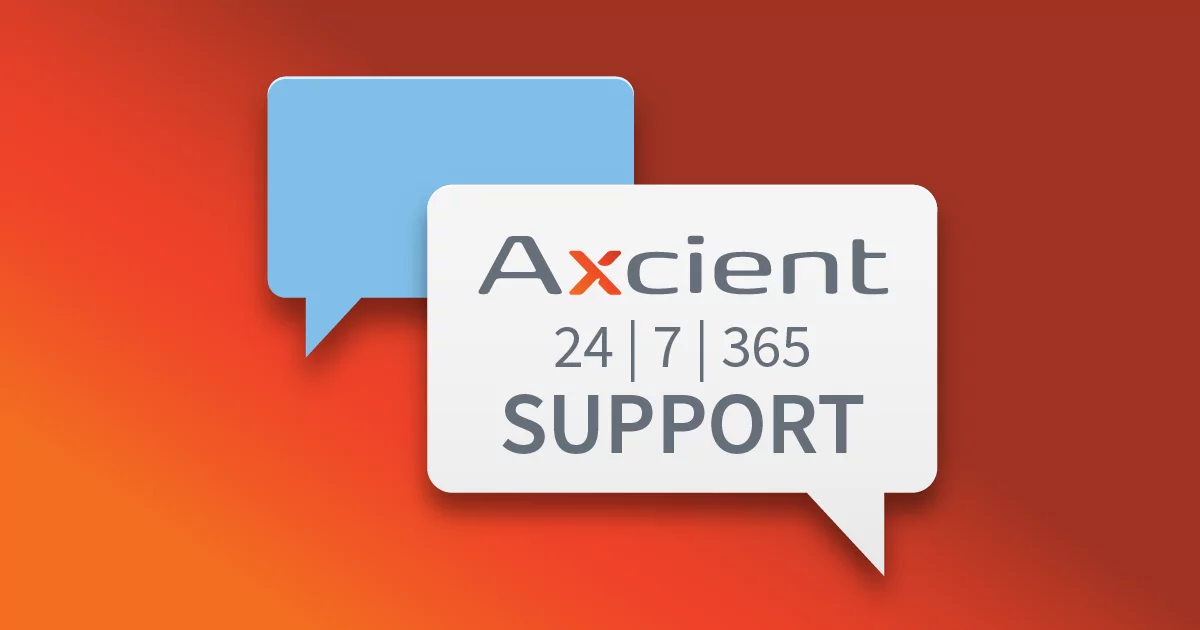
Top 15 Cloud Disaster Recovery Services in 2025
Disaster Recovery as a Service (DRaaS) is a cloud computing service model that delivers disaster response without the overhead of provisioning and managing separate IT infrastructures to host resources for recovery. Various DRaaS solutions are available for businesses, including those that integrate with existing cloud services through a managed service provider (MSP) and standalone services from third-party vendors.
Choosing the best provider can be challenging due to the abundance and diversity of cloud disaster recovery services and solutions. This article explores some of the top cloud-based disaster recovery solutions to aid your selection.
The critical factor is finding a comprehensive business continuity and disaster recovery (BCDR) solution that will achieve the goals of your cloud disaster recovery plans, including meeting all Recovery Point Objective (RPO) and Recovery Time Objective (RTO) requirements. These resources will help you learn what is disaster recovery and discover how to optimize your disaster recovery strategy.
Table of Contents
Getting to Know Cloud Disaster Recovery Services
Does the cloud need disaster recovery?
Cloud computing solutions offer flexible and scalable on-demand delivery of services with the benefits of available critical workloads. However, cloud solutions require the same systematic Disaster Recovery (DR) approach as on-premise infrastructures. MSPs support this need by providing business continuity and disaster recovery for cloud and appliance-based deployments.
Do I need a data center for cloud disaster recovery solutions?
Cloud-based disaster recovery solutions don’t require a secondary physical site or expensive data center with associated servers, operating systems, applications, and associated overheads. Cloud disaster recovery services can replicate data in almost any geographical location using virtual servers to minimize disruptions during common failures due to cyberattacks, malicious or accidental data deletion, device failure, and natural disasters. Depending on the vendor, cloud disaster recovery solutions can scale to adapt to business changes and growing data with pooled storage.
Doesn’t the public cloud provide disaster recovery services?
If the public cloud goes down and you don’t have third-party cloud disaster recovery services, your clients will suffer complete downtime. That means both their data and their backups are unavailable, and their business screeches to a halt. While public clouds do offer uptime SLAs surrounding services, they don’t provide any assurances for the actual data stored within the cloud. MSPs are responsible for protecting client data, applications, and endpoints running within public clouds to make sure they can be recovered no matter what.
What Are the Benefits of Cloud-Based Disaster Recovery?
Unlike traditional data center disaster recovery, cloud-based disaster recovery utilizes cloud connectivity for near-instant failover in a secure cloud. Businesses benefit from higher security and lower implementation and maintenance costs by storing data in the cloud rather than on a local device. Additionally, self-service technologies, automation, and a cloud-first approach empower MSPs to manage disaster recovery swiftly, efficiently, and cost-effectively.
Due to time and labor-saving benefits, cloud disaster recovery services have become extremely valuable to MSPs and their SMB clients in recent years. The spike is attributed to the need for these protections and the availability of high-performing cloud-based solutions. Now that MSPs can deploy solutions without onsite visits, ongoing maintenance, fear of hardware failure, or physical damage due to natural disasters, they save considerably on recurring monthly costs and can pass those savings to clients.
Cloud-based disaster recovery also offers comprehensive incident response solutions that go beyond data backup. They are typically much simpler to set up and maintain than a traditional disaster recovery solution, thanks to centralized control and automation options that reduce management overhead. Furthermore, pooled storage and long-term retention deliver predictable billing with confidence that backups are always stored and waiting to be recovered.
Choosing the Right Cloud Disaster Recovery Solutions
MSPs have many options for cloud DR services, but knowing what you need and what you want first will help whittle down the bunch. Start by assessing your client’s BCDR requirements – including RTO and RPO for business-critical data and systems, and compliance with regulatory and legislative standards. Then, identify the critical capabilities, functionality, and features required to meet competitive SLAs while continuing to grow your MSP.
Consider what your technicians are capable of now vs. what skills or expertise may be required to configure cloud disaster recovery services. Is extra overhead necessary to hire more technicians or administrative staff?
Storage costs in the cloud can be unpredictable within tiered pricing structures and often incur overages. Will you cover those costs or pass them on to clients?
How does the disaster recovery service you select integrate with the other BDR solutions in your stack? Can you manage the complexity without slowing recovery?
These are the questions you must ask yourself as you vet different solutions and vendors for long-term, downstream planning.
The next step is identifying service providers who meet both client and MSP needs, as well as cater to the channel for ongoing product support and upgrades. Vendors with audiences outside of MSPs can get distracted by the uniqueness of your needs, so look for a specialty provider.
Factor all costs into each solution, including storage, additional tools required, support, overhead, and time and labor resources. Also, consider the impact of any foreseeable business changes, such as planned growth, target acquisitions, and changes to operational processes that could be helped or hindered by the contact.
With proper due diligence, taking advantage of product demos, and free trials, MSPs can develop long-standing relationships with vendors and solutions that grow alongside your needs.
Top 15 Cloud Disaster Recovery Solutions
The following vendors and solutions represent the top 15 cloud-based disaster recovery services available today.
Axcient
Axcient’s unified x360 Platform is exclusively designed for MSPs to protect everything for their SMB clients and and supports hybrid and multi-cloud environments. With x360Recover for BCDR, x360Cloud for Microsoft 365 and Google Workspace backup, and x360Sync for secure sync and share, MSPs can consolidate efficiently to drive reliable recovery and profitability.
Schedule a 1:1 demo or start a free 14-day trial to see how Chain-Free backups, flat fee pooled data storage, and always-on automation fuel cybersecurity confidence for MSPs.
Acronis
Acronis Cyber Protect Cloud is an all-in-one integrated backup and cybersecurity platform for MSPs. Features include chain-based, forever incremental backups, storage and retention limits, and additional fees for cloud virtualization, automated screenshot virtualization, and runbooks. Acronis offers a demo and a 15-day trial opportunity.
Datto, a Kaseya Company
Datto, acquired by Kaseya in late 2022, offers MSPs Datto Unified Backup to cover all BCDR needs – including endpoint backup for PCs and servers, plus SaaS protection. Interested MSPs can get a demo or request pricing to see tiered options, but there is no trial opportunity on the website at this time.
Arcserve
Arcserve offers MSPs and their SMB clients Arcserve Cloud Services – a cloud-based DRaaS solution that can be paired with Arcserv’s backup and recovery solutions for business continuity. Request a product demo or a 30-day trial via the Arcserve website for more information.
Veeam
Veeam Cloud Connect powers off-site backup and a DRaaS solution for service providers to protect customer data with fast and secure backup and replication to the cloud. Partner options allow you to scale your services whether you resell, brand, or host your own cloud. Free trials of the Veeam Data Platform are available for 30 days.
N-able
N-able creates solutions for MSPs and IT departments of all sizes, including Cove Data Protection for business-class disaster recovery. Features include set-up options for a standby image to meet demanding RTOs and automated backups for stringent RPOs. Start a free trial or request a quote through the N-able website.
Carbonite
Carbonite Recover for Service Providers replicates your primary, critical systems and data to the cloud, so despite a disaster, you can immediately failover to a secondary system. Continuous byte-level replication from the primary server to the cloud ensures that server replicas are always current. See how it works by booking a consultation with Carbonite.
Unitrends, a Kaseya Company
Unitrends is expanding outside of the IT community and its reseller network, now targeting the MSP market with enterprise technology reimagined for MSPs. Utilize orchestration, runbooks, automated failover, and AI-powered backup assistants to accelerate cloud DR and profitability. Learn more by booking a call or requesting pricing.
Zerto
Zerto, a Hewlett Packard Enterprise company, offers MSPs and their clients the Zerto DRaaS solution. Using its continuous data protection (CDP) technology, Zerto boasts low RPOs and RTOs, flexible deployment options – including self-managed, partially, or fully managed options, and supports hybrid and multi-cloud environments. Discover Zerto with its free demo online.
MSP360
MSP360 is a cross-platform backup and disaster recovery solution that leverages the public cloud, a prevention-first approach to endpoint security, and free, web-based remote access for Windows. Use your own storage in the cloud or the free 1 TB of trial storage for 30 days from MSP360. Start a free 15-day trial, request a demo, or generate a quote on the MSP360 website.
Microsoft Azure
Azure Backup, Azure Site Recovery, and Azure Archive Storage comprise Azure’s backup and disaster recovery solution for small and medium businesses. When considering native Microsoft BDR for Azure cloud environments, consider the risk of complete downtime with both backups and the production infrastructure living in Azure. In the event of an Azure incident, outage, or cyberattack, it’s possible that both the production infrastructure and backups will be unavailable.
For MSPs, it’s best to protect client data in the Azure public cloud with a third-party BCDR solution like x360Recover Direct-to-Cloud for Microsoft Azure. You can start a no cost trail today, and see how simple it can be to separate your public cloud backups to follow the 3-2-1 backup rule.
Druva
Druva is a SaaS platform for data resilience, ensuring data protection across the most common data risks backed by a $10 million guarantee. The Druva Data Resiliency Cloud is designed for enterprises and eliminates the need for costly hardware, software, and services through a simple and agile cloud-native architecture. Request a demo or experience Cloud Disaster Recovery firsthand in self-guided product walkthroughs.
InterVision
InterVision provides Business Continuity & Disaster Recovery (BC/DR) services to organizations using a two-pronged approach of preventative and restorative measures. In partnership with cloud providers and recovery solutions across platforms, InterVision offers a suite of continuity solutions. Complete the form on the website to make contact.
Quorum
Quorum’s Cloud to Cloud Backup and Recovery solution backs up daily changes in SaaS applications and cloud storage solutions to make them available for restoration or export anytime. Businesses can keep unlimited version history and export offline archives of cloud data for one-click restores. Request a quote on the website to make contact and learn more.
TierPoint
TierPoint DRaaS solutions leverage third-party services, including Zerto, Nutanix, and vCloud Director Availability, to offer BCDR services directly to all sectors, including SMEs, large businesses, and enterprises. It uses VM-level near-synchronous replication to back up data and automate multi-site failover recovery options. Contact TierPoint via the form on its website to learn more.
Cloud Disaster Recovery Services: Wrapping Up
Cloud disaster recovery solutions protect business-critical systems, services, and data when disaster strikes during natural disasters, hardware failures, accidental and malicious data deletion, and cyberattacks. Armed with the right business continuity and disaster recovery solutions, MSPs can secure client’s businesses regardless of what comes next, even for complex hybrid cloud environments.
Take advantage of disaster recovery demos and free trial opportunities to understand how critical capabilities match with client needs. Learn the ins and outs of vendor histories to make sure they’re aligned with the goals and projections you have set for your MSP. It’s best to partner with an MSP-focused provider who regularly updates and upgrades solutions in response to evolving threat vectors.
Start with the list of 15 companies provided in this article to understand the differences between channel and end-user vendors and products. Compare and contrast to find the best fit for your MSP and your clients, and you’ll be protected and profitable in no time. In fact, get started NOW!
The BCDR Buyer’s Guide includes a done-for-you checklist to quickly and easily compare solutions based on BCDR best practices for security, usability, and profitability.

Author
Related posts
How well could you sleep with reliable cloud-based backups and recovery?
Take a deep dive into Axcient’s proprietary, automated security features to see how we’re ensuring uninterrupted business continuity — no matter what:




